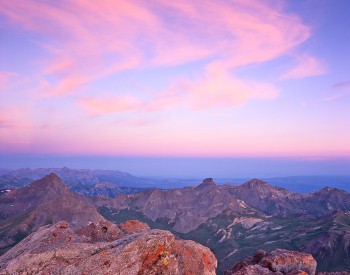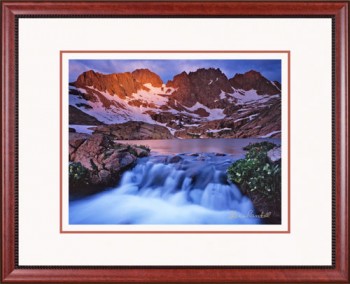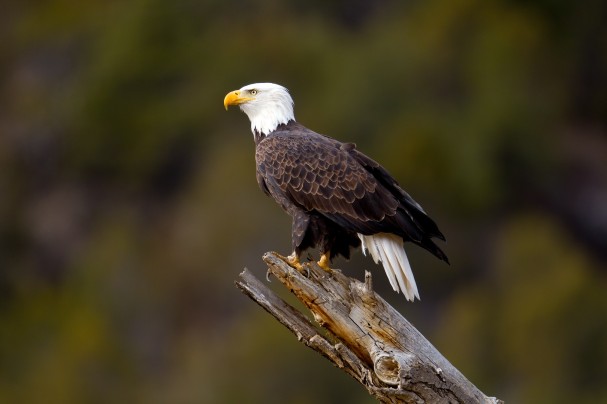
You might say that art is in Wil Harmsen’s blood. In 2001 his grandparents donated a large and important collection of Western art to the Denver Art Museum. Harmsen keeps that tradition alive in the western Colorado town of Montrose, which sits near some of the most spectacular scenery in the state.
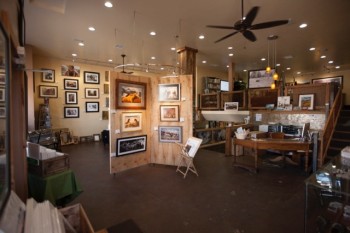
Harmsen and his wife, Amy, opened The Canyon Gallery in Montrose about four years ago. The gallery focuses on landscape and wildlife photography, representing the work of some of Colorado’s top photographers, including Glenn Randall of Boulder, Andy Cook of Colorado Springs, Vince Farnsworth of Montrose, and Doug Sprock of Grand Junction. Harmsen’s photography, as well as that of Idaho’s Jess Lee, is also featured in the gallery.
 “It’s been a childhood dream of mine to own my own gallery. I grew up around art; my grandparents owned one of the biggest collections of Western art,” says Harmsen. “Four years ago a couple of buildings became available in downtown Montrose. It was a terrible time to open a gallery, but a great time to purchase real estate, so we bought the buildings and opened the gallery. I’m realizing a childhood dream and it’s been fantastic.”
“It’s been a childhood dream of mine to own my own gallery. I grew up around art; my grandparents owned one of the biggest collections of Western art,” says Harmsen. “Four years ago a couple of buildings became available in downtown Montrose. It was a terrible time to open a gallery, but a great time to purchase real estate, so we bought the buildings and opened the gallery. I’m realizing a childhood dream and it’s been fantastic.”
An important component of the gallery’s success, says Harmsen, has been in providing print production and finishing services.
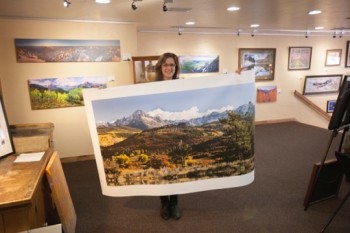 “I knew that being a photography gallery and just trying to sell art was probably not a good idea, which is why we got into printing and framing and creating a product from start to finish. If art wasn’t selling, we would print and frame other people’s images, and it’s worked like a dream. Printing and framing is probably why we’re 150 percent up over last year,” says Harmsen. “Art is a want, not a need, so we started printing and framing right from the beginning.”
“I knew that being a photography gallery and just trying to sell art was probably not a good idea, which is why we got into printing and framing and creating a product from start to finish. If art wasn’t selling, we would print and frame other people’s images, and it’s worked like a dream. Printing and framing is probably why we’re 150 percent up over last year,” says Harmsen. “Art is a want, not a need, so we started printing and framing right from the beginning.”
Harmsen was referred to LexJet for his printing needs by Gary Haines, Grizzly Creek Gallery, Georgetown, Colo. The Harmsens had already been experimenting with printing before they opened the gallery and finding the right source ensured a successful print process.
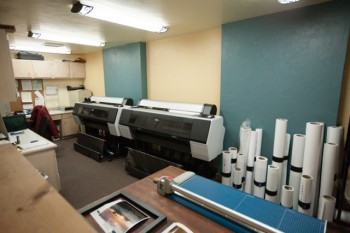
“Printing is probably the hardest part about photography: getting what you have on the screen to print on the paper. What I really liked was that LexJet already had the ICC profiles, so it was very easy for me to go in, get the paper and profiles and print high-quality images. It was super-easy, compared to how I was doing it before making my own profiles,” says Harmsen. “Our print quality has been fantastic and we’ve never had a problem. Whether we’re using Sunset Metallic paper, canvas or anything else, the ICC profiles from LexJet work.”
The Canyon Gallery runs two Epson Stylus Pro 9900s and a complete framing and finishing operation in the three-story, split-level gallery. Harmsen estimates that printing and finishing represents 60 percent of their business.
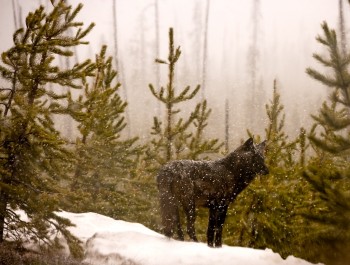
“We find that we’re constantly expanding printing and framing because we do so much of it, including canvas gallery wraps on Sunset Stretcher Bars, which is the easiest canvas stretching method we’ve ever come across,” he says. “And, if we run into a weird issue, as we did using Sunset Select Gloss Canvas because it has a unique finish with unique requirements, we can call Michael any time for help. In this case, I called Michael and he gave me specific directions. Lo and behold, I did what he told me to do and it printed perfectly.”
Harmsen says the gallery’s three best inkjet media sellers are Sunset Photo eSatin Paper, Sunset Photo Metallic Paper and Sunset Select Matte Canvas.
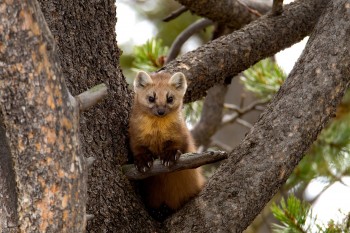
“I love the Metallic paper, and when it’s printed in black-and-white it’s unbelievable,” he says. “The shipping is also amazing. Knowing that you can typically get product quickly really helps a small business, especially a gallery where cash flow is very difficult. If we’re running out of eSatin we can get it right away and we don’t have to have a bunch of it sitting on the floor waiting to be used. I did my research before we opened the gallery and really spent a lot of money and time trying to get that process nailed. When we came upon LexJet, it just clicked.”
All would be for naught, however, if Harmsen didn’t concentrate on customer service. For Harmsen, customer service can be boiled down to three principles: Listen, set proper expectations and put yourself in the customer’s shoes. “Adhere to those three principles and you’ll be successful, and if our customer is not satisfied, we’ll make it right,” he adds.

Based on those principles, in addition to the quality output and finishing The Canyon Gallery provides, Harmsen has found that positive word-of-mouth has spread beyond Montrose into the prime tourist spot of nearby Telluride.
“We decided this past year not to do any traditional advertising. Unless you have a specific market you’re trying to reach, a sporadic ad doesn’t work. We quite advertising and we’re up 150 percent,” says Harmsen. “Amy is really good at Facebook and Twitter, so we’re always putting new artwork on social media. We have found that social media is our best form of advertising.”

Cross-promotions with local businesses and the photographers the gallery represents and local photographers have also been successful marketing tools. For instance, The Pour House has a wine tasting once a month at The Canyon Gallery, promoted through the local liquor store’s monthly newsletter and social media. The Canyon Gallery also showcases a Photographer of the Month, which brings people back to see who the next featured photographer is, helping ensure repeat traffic to The Canyon Gallery’s Facebook page.
The Canyon Gallery also plans to offer photography classes and workshops, taking advantage of all the natural beauty that surrounds them in the San Juan Mountains.
“Every year we try to expand on something we’re doing, or bring in something new, like the photography classes, where we’ll cover Photoshop, Lightroom, how to use the camera, fall color shots, photographing bald eagles at Ridgway Reservoir, and more,” says Harmsen. “We try to be broad in what we offer, but if we’re going to do something we’re going to do it darn good.”

